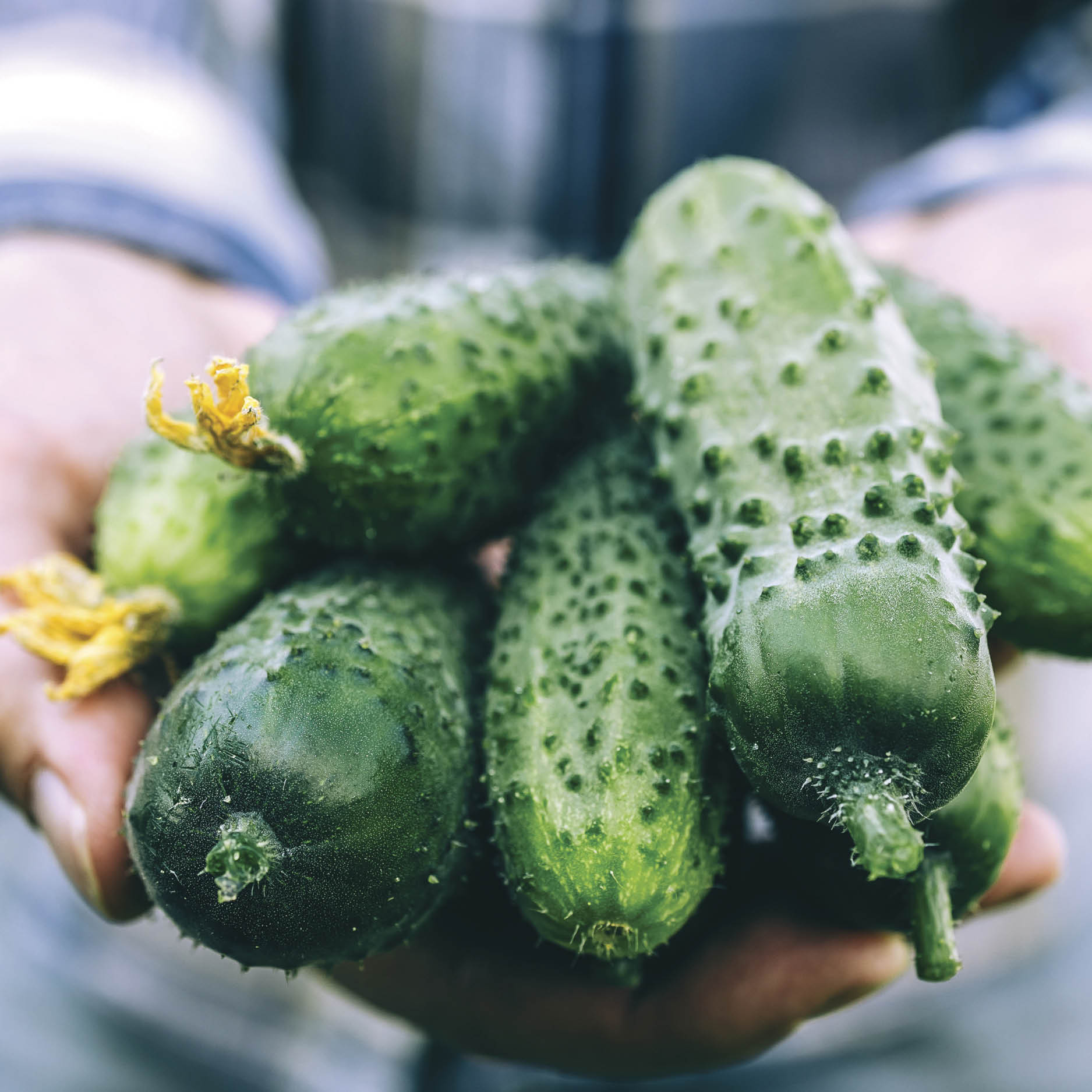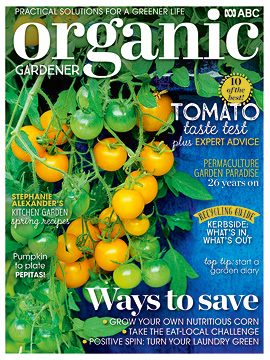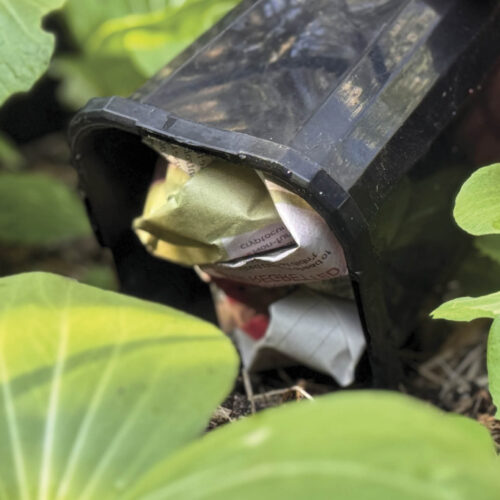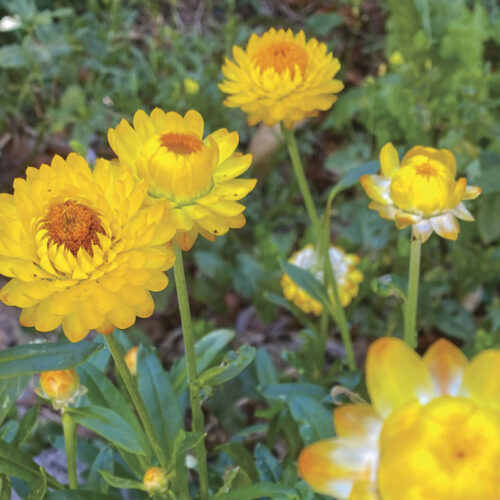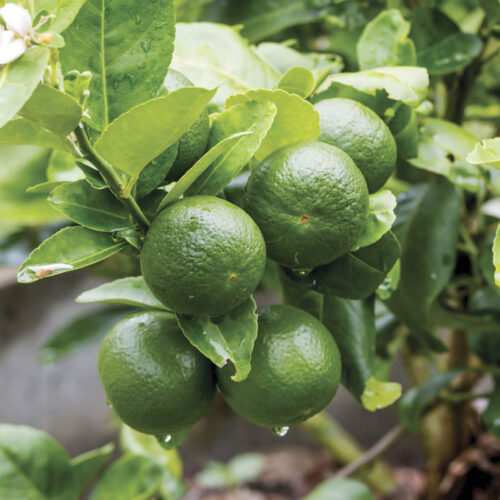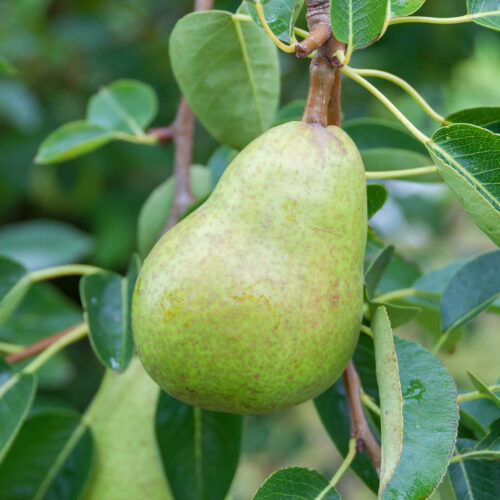Cucumber: a salad essential
2024-09-09T13:45:30+10:00
Fresh cucumbers straight from the garden are the best! These tips will help you grow this summer salad essential.
The cucumber (Cucumis sativus) is part of the cucurbit family, so related to pumpkins and melons. Here, we’re looking at salad cucumbers (rather than gherkins, or pickling cucumbers, although some can be both).
The cucumber originated in India, and, as you might expect, likes warm conditions, but can be grown all over Australia. You actually only need about three plants to supply a family over the course of the season.
And don’t think there’s only traditional green cucumbers to choose from. There are now plenty of different cultivars available, with colours from white to yellow to green, shapes from torpedo to apple, and smooth or ribbed skin – you can take your pick.
How to plant
Sow seeds in a sunny spot directly in the garden into loose, compost-rich soil with a pH of 6.0–7.5.
Create mounds 30–50cm apart to ensure good drainage. Sow four or five seeds into each mound, with the intention of keeping only the strongest plant that emerges. It won’t take long – in warm soil (above 20°C) plants should appear in about a week.
You can save a bit of time and buy seedlings if you like. But cucumbers are easy enough to grow from seed.
Use an organic mulch, such as sugarcane, to keep weeds at bay, retain moisture in the soil, keep soil temperatures stable and reduce the risk of fungal spores splashing from the soil to the leaves.
Support and pruning
It’s a good idea to provide some sort of trellis to get the cucumbers up off the ground. This will provide air circulation to help prevent disease, as well as saving space. Because they grow vertically, cucumbers work well in small spaces such as balconies.
Some wire mesh between star pickets, some lengths of twine tied to a wooden frame, an archway, or even a tomato cage will do the trick. You might have to tie the cucumber vine on to the trellis when it’s young, but it will soon get the hang of things, and use its tendrils to reach for the skies.
If you pinch out the growing tips of each main leader this will encourage branching and means you’ll get more flowers and fruit.
Pollination
Cucumbers produce male and female flowers on the same plant. It’s easy to tell them apart: the female flowers are attached to little baby cucumbers.
Pollinators – often bees – carry pollen from the male flowers to the female flowers, and hey presto: baby cucumber starts to grow. If you’ve got a shortage of bees, it’s possible to hand-pollinate. Use a small paint brush or a cotton bud to get some pollen from inside a male flower, and transfer it to a female flower. Or just pick off a male flower, pull off the petals to expose the stamen, and rub the stamen on the inside of a female flower.
Feeding and watering
Cucumbers like water, and have shallow root systems, so water two or three times a week, especially when fruiting, to ensure you get nice, full, evenly shaped fruit.
When it comes to feeding, sprinkling a handful of sulphate of potash when the seedlings first appear will help them develop flowers. Regular additions of a complete organic fertiliser and a seaweed solution every month, throughout the plant’s life should help keep it healthy and productive.
Sowing times
Here’s a guide for when to sow seeds in different climates:
- In the tropics and subtropics, sow seeds from July to March.
- In warm temperate zones, from September to January.
- In cold temperate districts, if planting in mid to late December, it might be best to sow into a large pot that can be moved into a warm, sheltered position as the weather cools in autumn. Thinking of next year, though, you can start as early as October up to the end of December. You can get an early start by sowing seeds in pots kept indoors until the weather warms up.
- Seedlings will give you a good head start on seeds.
This feature first appeared in our 2021/22 Summer Issue (OG 130). You’ll find lots more growing tips and ideas in our latest issue, from the best tasting tomatoes to growing corn.

